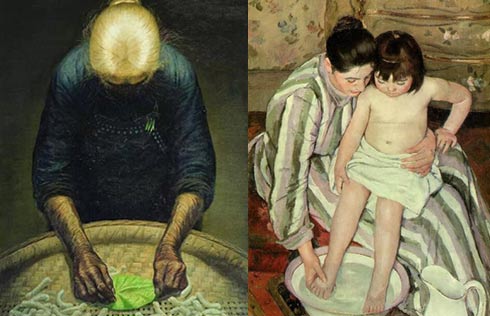Rare facsimile of calligrapher's work on display in Nanjing
The exhibition, which kicked off on Tuesday runs through May 26. However, the facsimile of Wang's work, which was shown on the opening day, will be shown only once more on Saturday, the 115th anniversary of Nanjing University.
Meanwhile, according to annotations on the scroll, this piece was once owned by celebrated artists, officials and scholars.
In late Qing Dynasty (1644-1911), it was held by Qi Junzao, a teacher to three generations of emperors, and was later found in an antique store in Beijing after the Boxer Rebellion.
John Calvin Ferguson, an American educator, bought it from an antique dealer around 1930 on the condition that it would not be taken out of China.
He donated it to University of Nanking (a predecessor of Nanjing University) in 1934. And the artifact had never been publicly exhibited since then.
Nanjing University now has about 20,000 stone rubbings, one of the most for Chinese colleges.
As the capital city of many dynasties in ancient China, Nanjing also has a huge amount of cultural heritage.
And in its collection of stone rubbings are more than 200 that originated from the city.
For instance, an exhibit rubbed from a stele in the tomb of Xiao Dan, a royal family member from the 5th century, is the only surviving rubbed work from royal tombs in Nanjing during the Northern and the Southern Dynasties (420-589), whose characters remain recognizable today.
Speaking about the university's collection, Zhang Yibin, the Party head of Nanjing University, says: "These stone rubbings are unique and comprise our collective memory."
He says a new museum is been planned to provide better conditions to study, protect and display the rubbings.

















